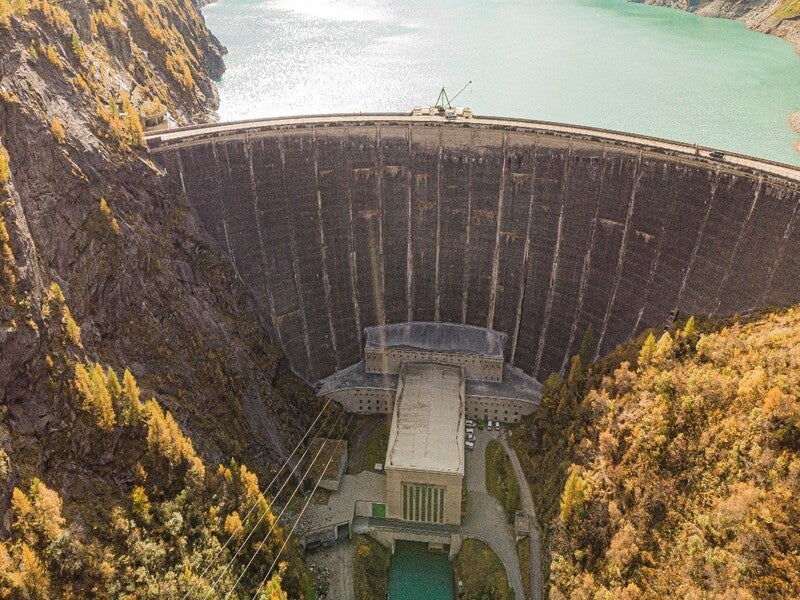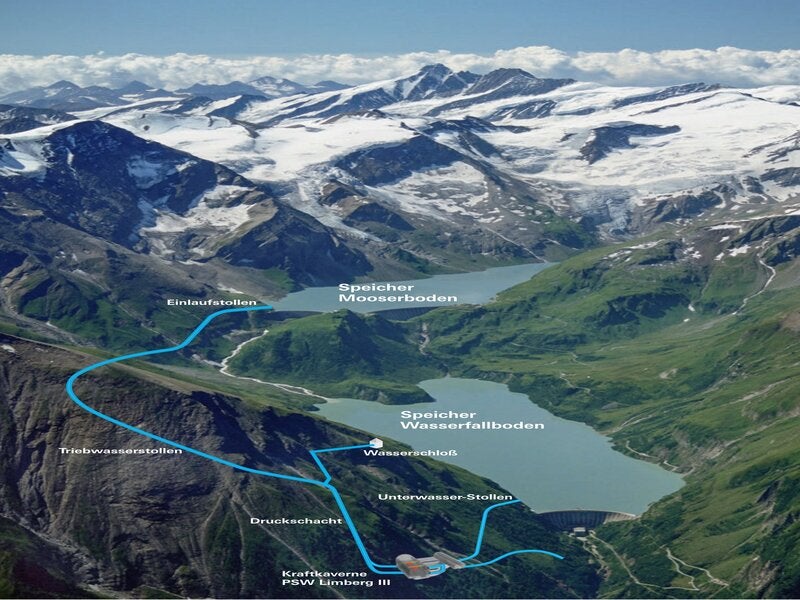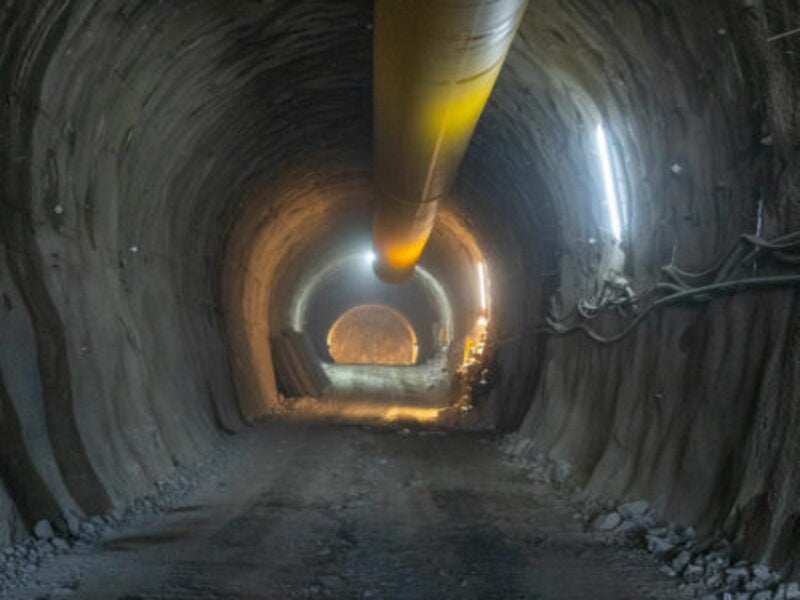The Limberg III project is a 480MW pumped-storage power project (PSPP) located in Salzburg, Austria. It is being developed by Verbund Hydro Power (VHP) (formerly Verbundgesellschaft), the biggest hydroelectricity provider in Austria.
The civil construction works on the project are expected to be started in the summer of 2021, with the start of commercial operations expected by the end of 2025.
The Limberg III pumped-storage project is designed completely underground between the two existing storage lakes, namely Mooserboden and Wasserfallboden. It is intended to increase the overall output of the Glockner-Kaprun power station group.
Location and site details
The Limberg III pumped-storage power project is located in the Zell am See town, Kaprun municipality, to the southwest of the Salzburg city, in the Salzburg province of Austria.
The project site lies adjacent to the existing Limberg II and Kaprun Upper Stage pumped storage power generation facilities.
Limberg III pumped storage facility make-up
The Limberg III pumped storage power project will comprise two vertical-shaft, variable-speed Francis pump-turbine units of 240MW capacity each. Each unit will be connected to a 270MVA asynchronous motor generator.
The project includes the construction of a 3km-long and 7.3m-diameter headrace tunnel, along with a 770m-long and 5.8m-diameter pressure shaft and a riser.
It also involves the development of the Mooserboden inlet and outlet structures, inlet tunnel, valve chamber with access and drainage, pressure tunnel, surge tank, and distribution pipelines.
The cavern system for the project will comprise an underground powerhouse measuring 62m-long, 24m-wide, and 43m-high, located approximately 450m deep in the orographically right slope flank below the existing Limberg dam. It will also house a transformer cavern, generator discharge tunnel, and access tunnel.
Plant operation
While operating in the turbine mode, the headwater will be released from the Mooserboden reservoir (upper basin) to the underground power cavern through a 4.3km-long headrace tunnel running parallel to the Limberg II power plant’s headrace tunnel.
After power generation, the water will be returned to the Wasserfallboden reservoir (lower basin) through a 613m-long underwater tunnel.
Power transmission
The electricity generated by the Limberg III pumped storage power station will be evacuated through a 380kV gas-insulated power transmission line.
It will be linked to the existing 380kV double circuit power line connecting the Kaprun substation for evacuation into the Verbund-APG transmission network.
Contractors involved
A consortium comprising Porr Bau, G. Hinteregger and Söhne Baugesellschaft, and Marti Tunnel was awarded a contract worth approximately £127.40m ($176.34m) for the construction of the headrace and access tunnels, passages, and shafts, along with the excavation of caverns for the Limberg III pumped storage power project in April 2021.
Tractebel-Engie has been engaged in the design of the power plant along with other key components, including the power and transformer caverns. The project will be implemented utilising the building information modelling (BIM) system.
Geodata Group was contracted to provide the geotechnical investigation and survey services, utilising laser scanning, gyro measurements, motor laser system, Tauros machine, Krios monitoring system, and Eupalinos surveying software.
Limberg III pumped storage power project background
Approved in 2017, the Limberg III pumped storage power project is being developed identical to the existing 480MW Limberg II pumped storage power station which has been operating since May 2011.
The project is expected to generate up to 850-gigawatt hours (GWh) of electricity annually.





